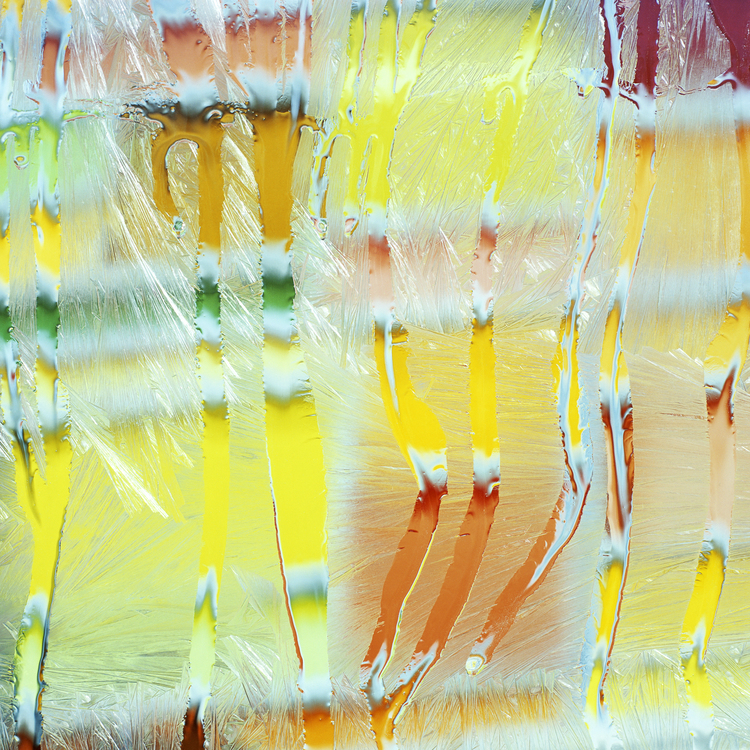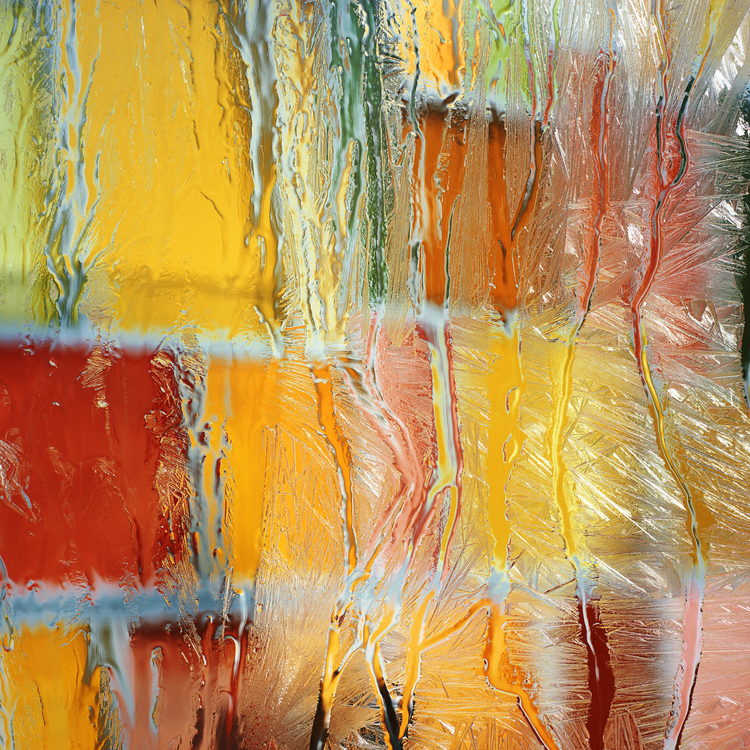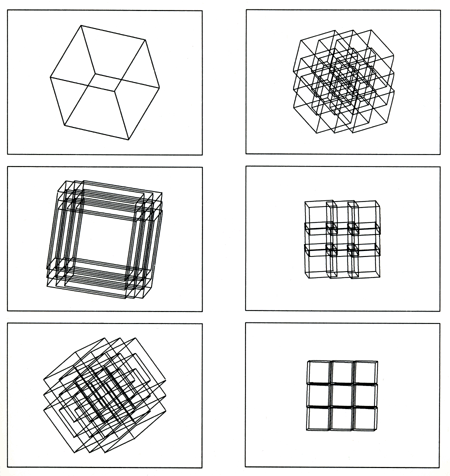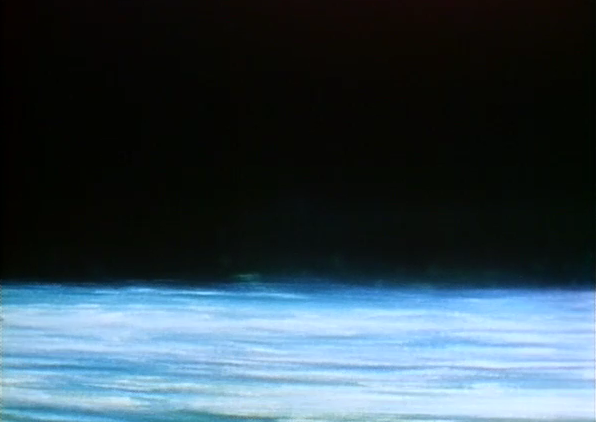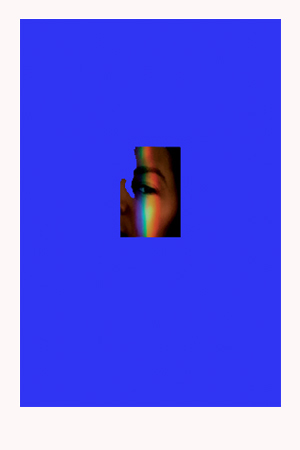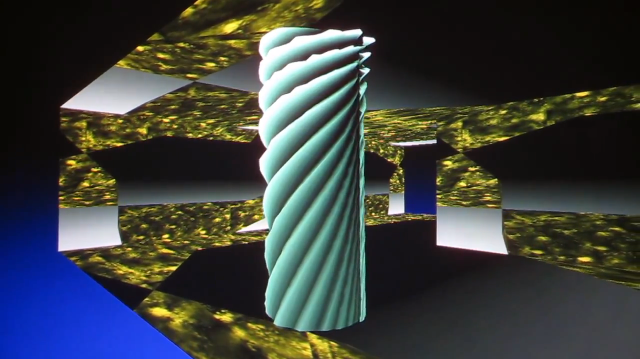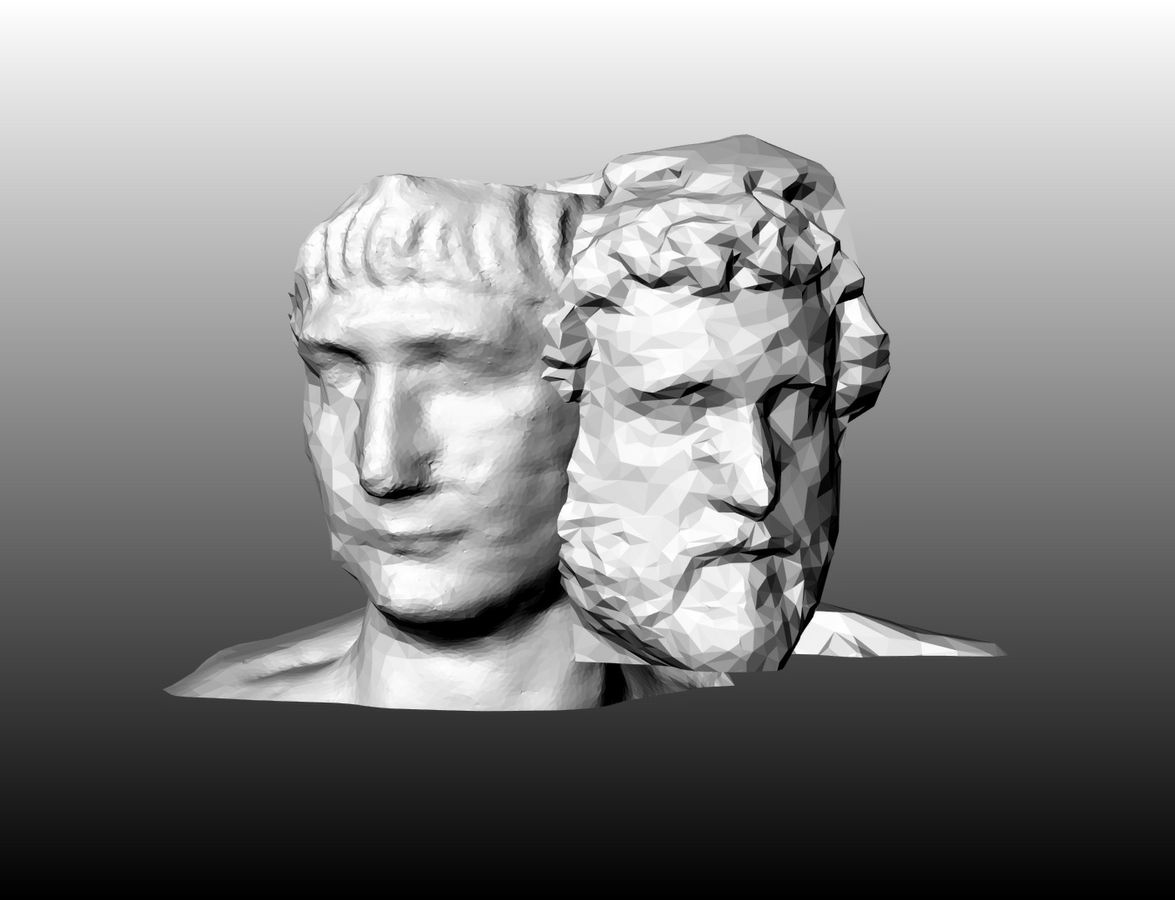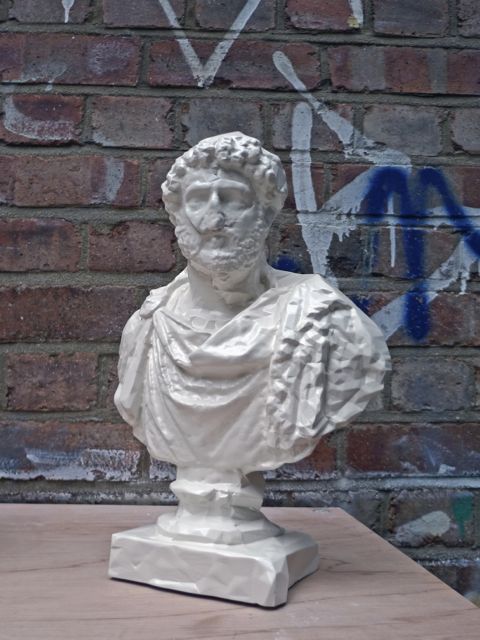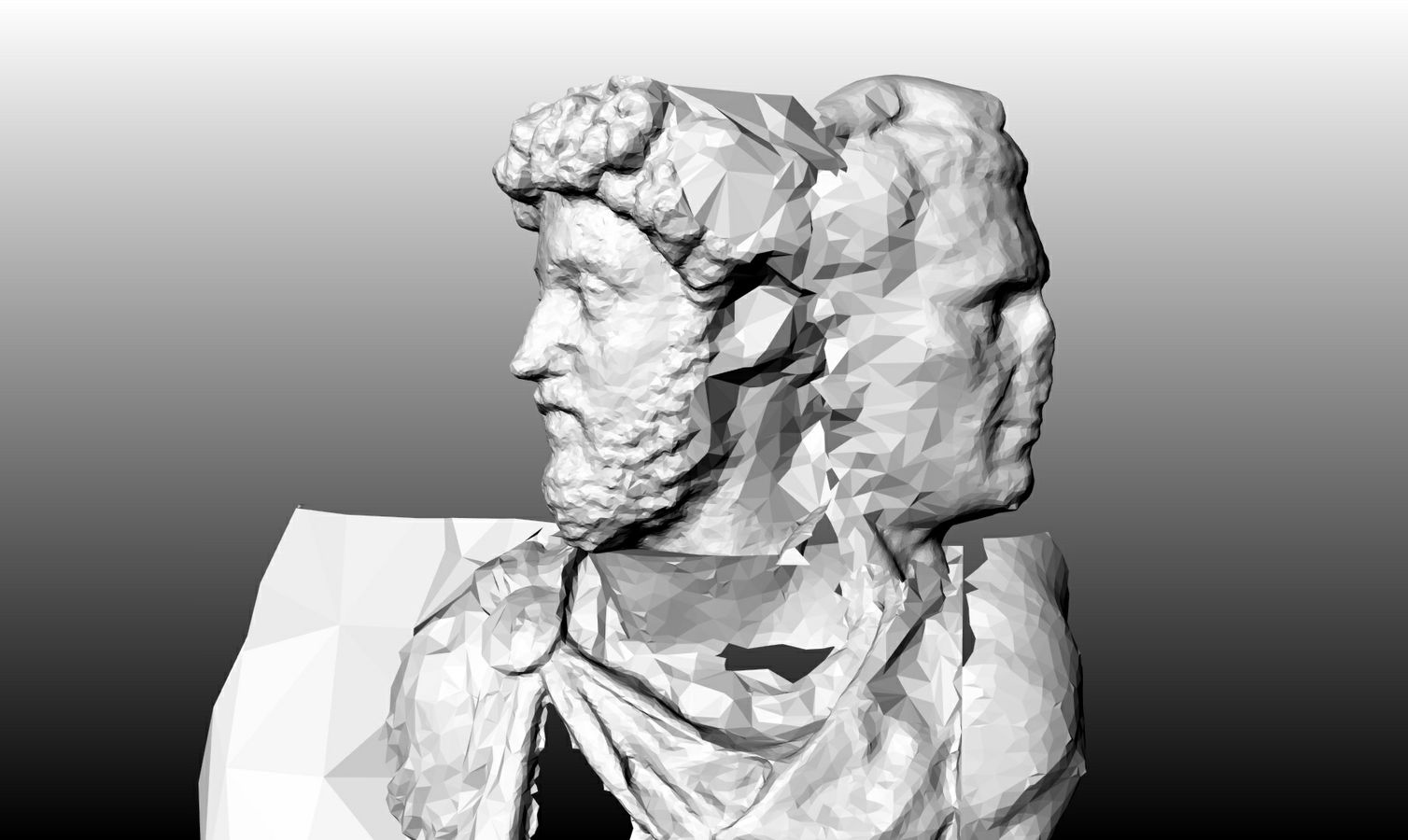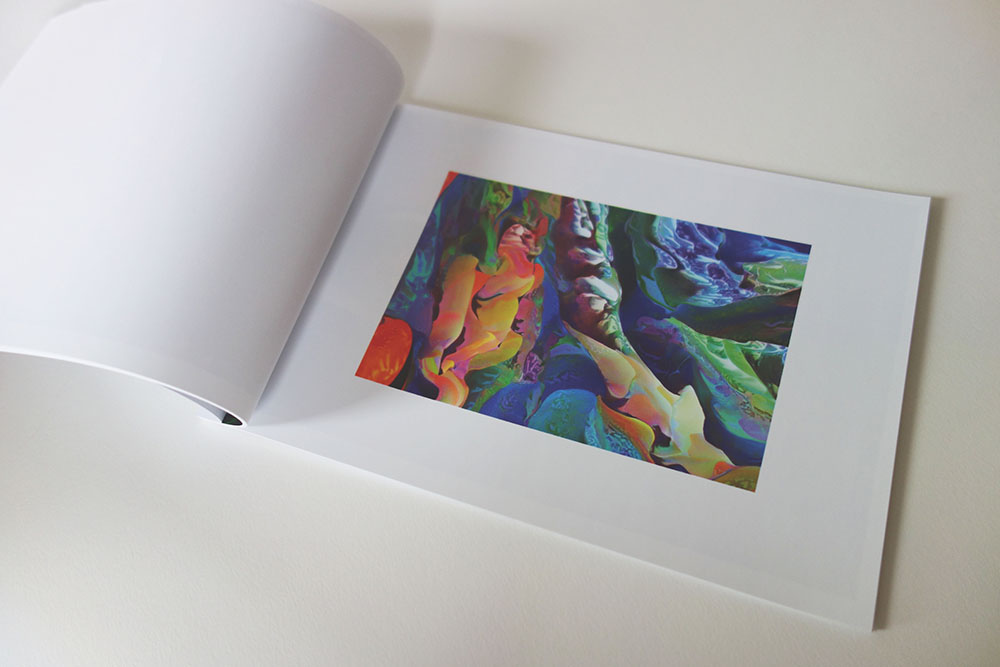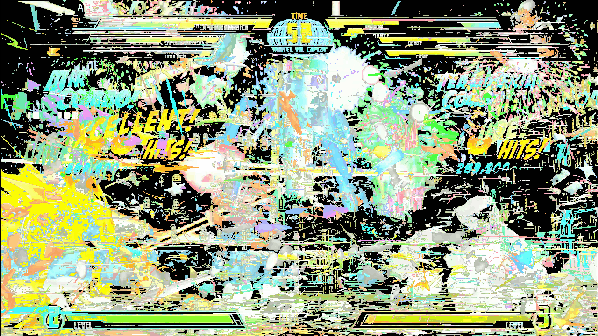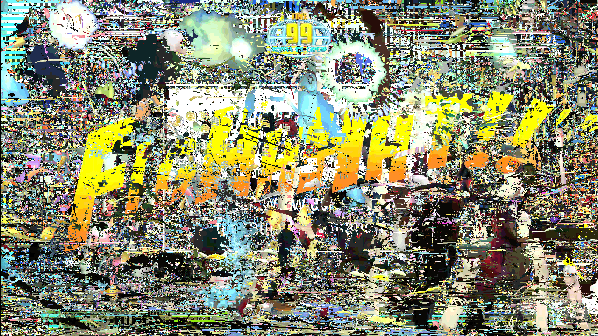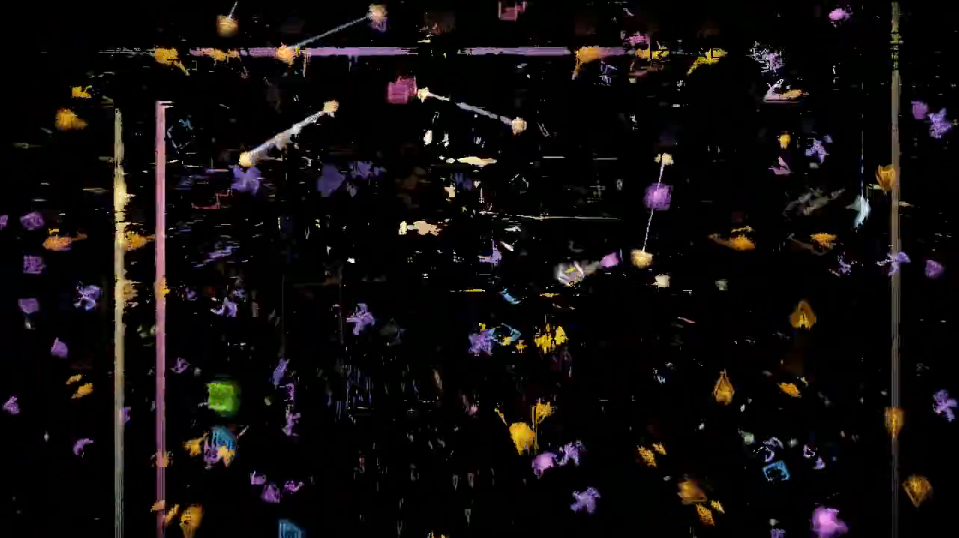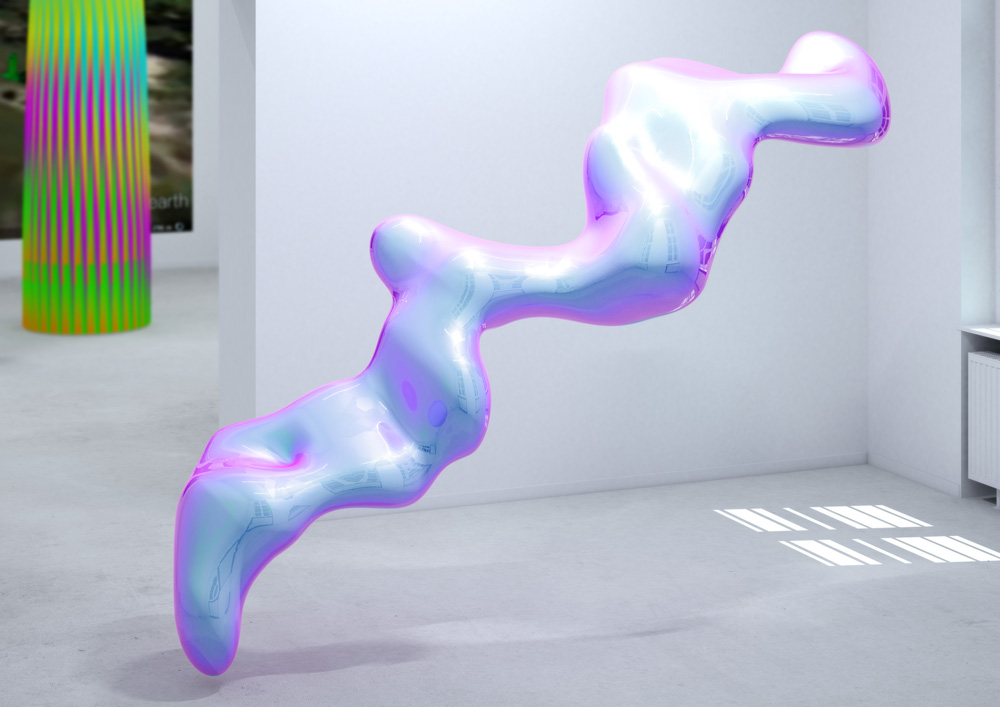CERMÂ presents a new exhibition titled What we call sculpture which focuses on the possibilities of sculpture through the use of digital tools in the context of Internet and the exhibition possibilities of the online medium. It features works by
Chris Timms,
Francoise Gamma,
Kareem Lofty and
Manuel Fernandez. Check it out through the interactive and virtual walkthrough,
here.
"Since the advent of video games and the Internet, the notion of actual physical space has been complemented by the existence of virtual spaces, built using code and 3D software where graphics you can see on the screen not only occupy a physical space as storage on a hard disk, but through contemplation or interaction with simulated spaces we can perceive aspects as size, material and volume, all typical of traditional sculpture.
From Mario Bros for Nintendo 64 in the entertainment industry, through social networks like Second Life, to come up with new ways in which we perceive the real world using simulators such as Google Earth, the products generated by 3D software tools have changed dramatically shaped the way we relate and understand the real space, so much so, that an architect can now recognize the version of AutoCad with which a building is designed.
What we call sculpture is a collection of works that use sculpture procedures, installation, intervention, etc. as a means of digital experimentation to develop artistic strategies online." -
CERMÂ. See more;
New Ruins by Manuel Fernandez
Manuel presents New Ruins. Google Earth Tour, a site specific installation with two parts: A greec doric column model extracted from a 3D Parthenon model, emapped and installated in the 3D gallery scale space from the ceiling to the floor. And the second part it's New Ruins. Google Earth Tour, a screencapture video documenting the remapping geolocated installations’s project made in Google Earth, in wich the most known ancient ruin models have been remapped and installated in their original places.
![]()
Sensual Objects by Chris Timms
Sensual objects originated as looped .gifs relating to the sensual space of experience, typically attributed to physical presence.
![]()
Hummel head by Kareem Lotfy
![]()
Ecstasy rmx by Francoise Gamma
Francoise Gamma presents Ecstasy rmx a digital animated 3D sculpture, inspired by the saturnian night, the medieval poetry and fractals in the social networks.
![]()
Exhibition map_
![]()
































